Find Help
More Items From Ergsy search
-

Osteoarthritis of the Hip
Relevance: 100%
-

Osteoarthritis of the Hip
Relevance: 99%
-
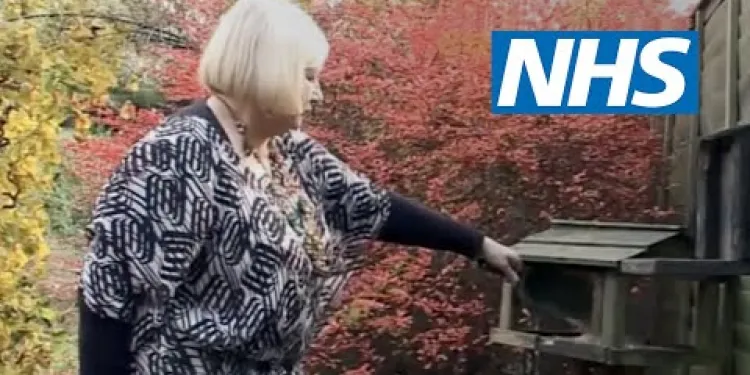
Osteoarthritis: Elaine's story | NHS
Relevance: 93%
-
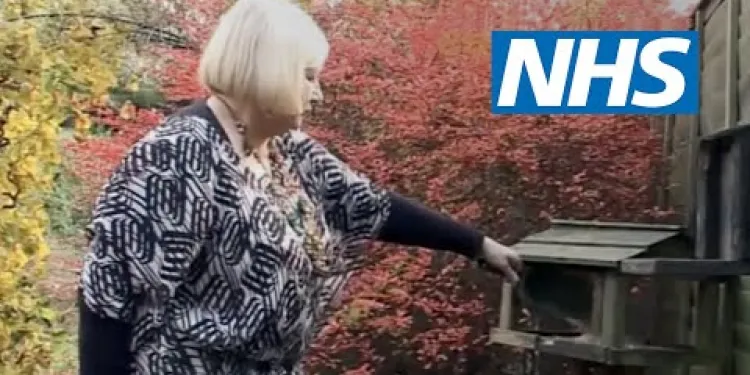
Osteoarthritis: Elaine's story | NHS
Relevance: 93%
-

Osteoarthritis: Elaine's story | NHS
Relevance: 92%
-

Part One: Understanding Osteoarthritis- MSK Physiotherapy
Relevance: 87%
-
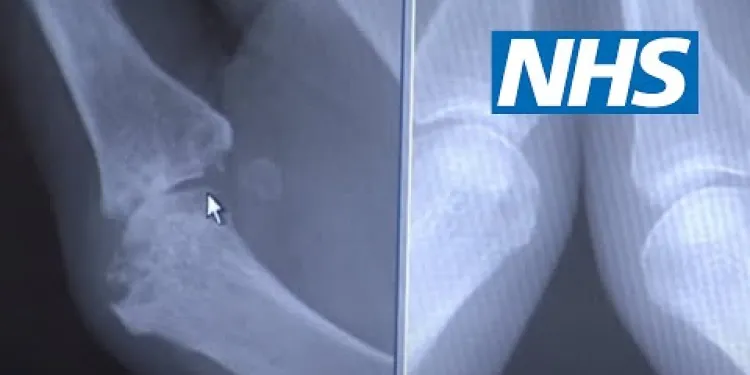
Rheumatoid arthritis | NHS
Relevance: 28%
-

What health risks are associated with obesity?
Relevance: 19%
-
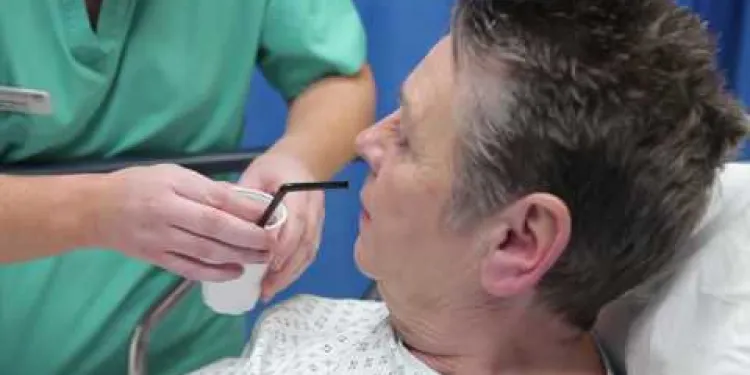
Hip replacement
Relevance: 18%
-
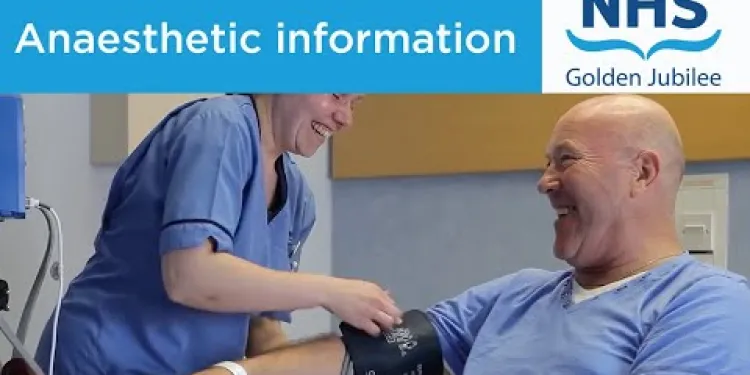
Knee replacement
Relevance: 18%
-
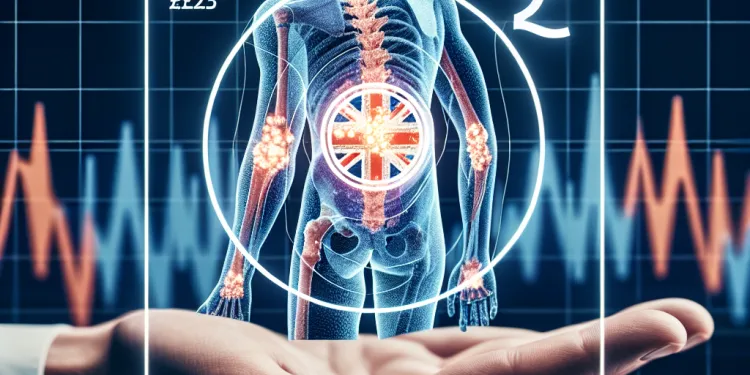
Can chiropractic care help with arthritis?
Relevance: 17%
-

A journey to hip surgery
Relevance: 17%
-
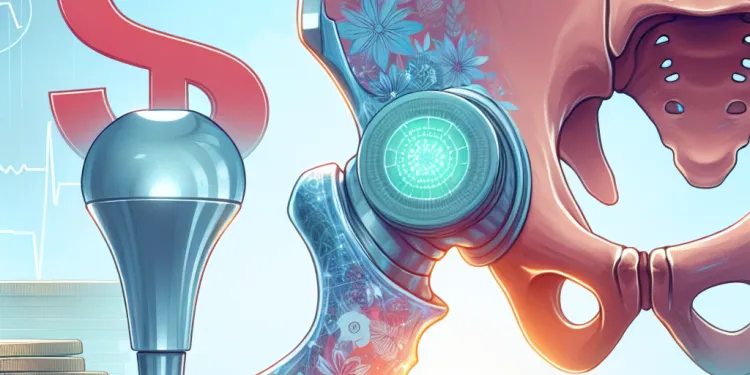
Do I need a Hip Replacement?
Relevance: 17%
-

Shoulder pain | NHS
Relevance: 17%
-
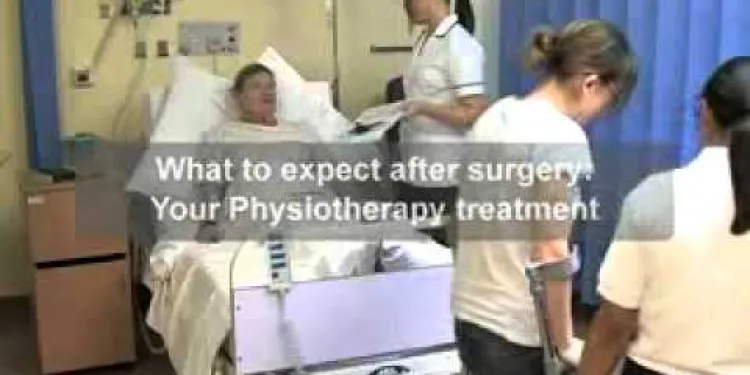
Total hip replacement
Relevance: 13%
-

Total Hip Replacement
Relevance: 12%
-
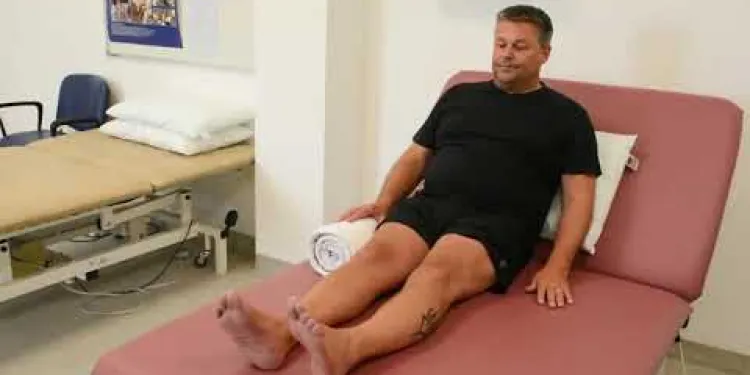
Joint School - Knee Exercises
Relevance: 12%
-

Total Knee Replacement
Relevance: 12%
-

What is Ibuprofen?
Relevance: 12%
-
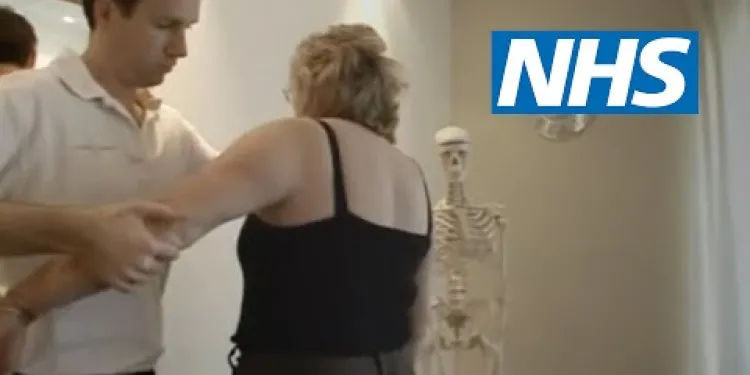
Shoulder pain | NHS
Relevance: 11%
-
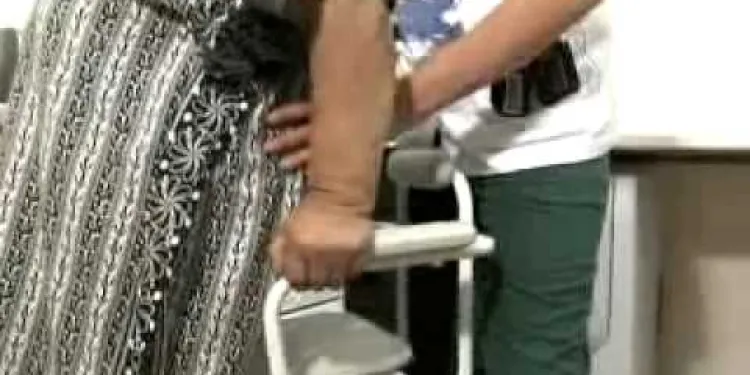
Total knee replacement
Relevance: 11%
-
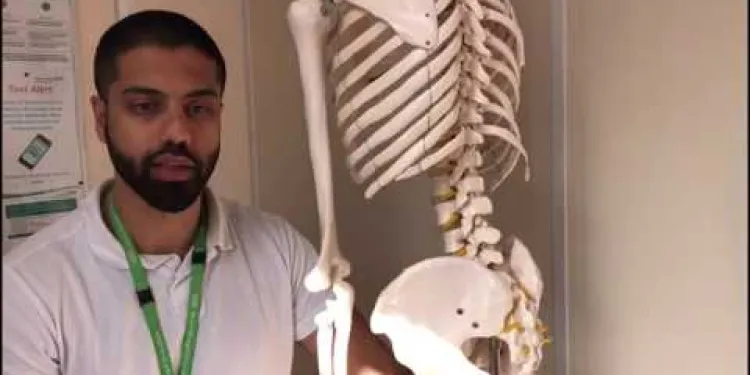
MSK Lower Back Pain information video
Relevance: 11%
-

What is a hip replacement?
Relevance: 11%
-

How long do hip replacement implants last?
Relevance: 11%
-
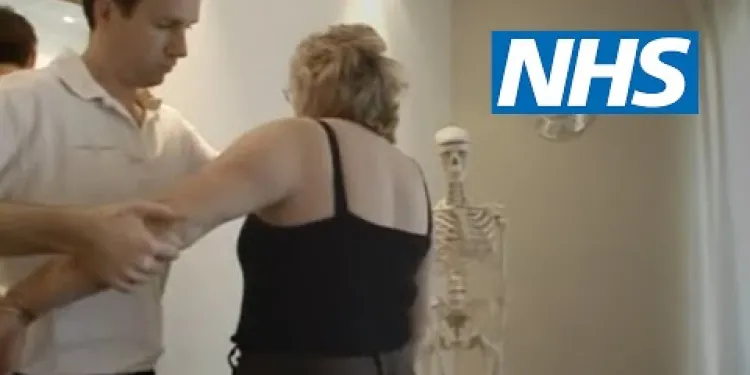
Shoulder pain | NHS
Relevance: 9%
-

Mechanical Lower Back Pain
Relevance: 6%
-

Greater trochanteric pain syndrome
Relevance: 6%
-

Pilates for Arthritis | NHS
Relevance: 6%
-

What complications are associated with Type 2 Diabetes?
Relevance: 6%
-

Obesity
Relevance: 5%
Elaine's Story: Living with Osteoarthritis
Introduction to Osteoarthritis
Osteoarthritis is a common condition that affects millions of people across the United Kingdom. It is characterized by the degeneration of joint cartilage and the underlying bone, causing pain and stiffness, predominantly in the knees, hips, and hands. While it can affect people of all ages, it is most prevalent in individuals over the age of 45.Elaine’s Initial Symptoms
Elaine, a 55-year-old woman from Manchester, began to notice sharp pains in her knees and hands a couple of years ago. At first, she attributed these aches to aging and didn't seek medical advice immediately. However, as the pain grew more intense and frequent, she decided to visit her GP.Diagnosis and Reaction
Elaine’s doctor performed a physical examination and reviewed her symptoms, recommending X-rays to better understand the state of her joints. The results confirmed that Elaine had osteoarthritis. While initially overwhelmed by the diagnosis, Elaine felt a sense of relief in knowing the cause of her discomfort.Managing Osteoarthritis
Elaine realized the importance of managing osteoarthritis to maintain her quality of life. Her GP suggested a combination of treatments including medication, physical therapy, and lifestyle changes. She was prescribed anti-inflammatory medications to reduce pain and swelling and was referred to a physiotherapist.Physical Therapy and Exercise
Elaine's physiotherapist developed a tailored exercise regimen aimed at strengthening the muscles around her affected joints. Activities included low-impact exercises like swimming and cycling, which helped enhance her mobility without putting undue strain on her joints.Diet and Weight Management
Diet also played a crucial role in Elaine’s management plan. She was advised to maintain a healthy weight to reduce pressure on her joints. Elaine adopted a balanced diet rich in fruits, vegetables, and lean proteins. Reducing sugar and fatty foods also helped manage her symptoms.Support Networks and Mental Health
Elaine joined local support groups in Manchester, providing her with a sense of community and shared experiences with others suffering from osteoarthritis. This emotional support was invaluable in maintaining her mental well-being. She also practiced mindfulness and relaxation techniques to cope with periods of increased pain.Living Well with Osteoarthritis
Today, Elaine continues to lead an active and fulfilling life despite her osteoarthritis diagnosis. Regular check-ups with her healthcare team ensure that her condition is monitored and managed effectively. By staying informed and proactive, Elaine exemplifies how individuals can live well with osteoarthritis in the UK.Conclusion
Elaine's story is one of resilience and resourcefulness. While osteoarthritis presents significant challenges, it is manageable through a combination of medical treatment, physical activity, healthy eating, and robust support networks. Elaine encourages others with similar conditions to seek medical advice early and embrace the recommended lifestyle adjustments to maintain an enriching life.Elaine's Story: Living with Osteoarthritis
What is Osteoarthritis?
Osteoarthritis is a health problem that many people have. It happens when the stuff between your bones, called cartilage, wears away. This makes your joints, like knees, hips, and hands, hurt and feel stiff. It affects people of all ages but mostly those over 45 years old.How Elaine First Noticed Problems
Elaine is 55 and lives in Manchester. She started having sharp pains in her knees and hands a couple of years ago. At first, she thought it was just because she was getting older. But as the pain got worse, she went to see her doctor.Finding Out What Was Wrong
Elaine's doctor checked her and asked about her pain. The doctor suggested having X-rays done to look at her bones. The X-rays showed that Elaine had osteoarthritis. At first, this made her feel worried, but she was also relieved to know what was causing her pain.How Elaine Manages Her Condition
Elaine learned it is important to manage her osteoarthritis to keep living well. Her doctor told her to try several things: take medicine for pain, do physical therapy, and change some habits. She started taking medicine to help with the pain and swelling and went to see a physiotherapist.Exercise to Feel Better
Elaine's physiotherapist made a special exercise plan for her. She did activities like swimming and cycling. These exercises helped make her muscles stronger without hurting her joints.Healthy Eating and Weight
Eating right was also important for Elaine. She tried to keep a healthy weight to take pressure off her joints. Her meals included lots of fruits, vegetables, and lean meats. She ate less sugar and fatty foods to help her feel better.Help from Friends and Feeling Good
Elaine joined a support group in Manchester where she met others with osteoarthritis. This group made her feel better because she wasn't alone. Elaine also learned to relax and be mindful to help with her pain.Living Happily with Osteoarthritis
Now, Elaine still enjoys her life even with osteoarthritis. She sees her doctor regularly to keep everything in check. Elaine shows that with knowledge and effort, people can live well with osteoarthritis.Conclusion
Elaine's story shows how strong and clever she is. While osteoarthritis can be tough, it can be managed with treatment, exercise, healthy food, and support from friends. Elaine says it's important for others to see a doctor early and follow advice to stay happy and active.Frequently Asked Questions
What is osteoarthritis?
Osteoarthritis is a common condition that affects joints, causing pain and stiffness. It's most often seen in older people but can occur in younger individuals as well.
What symptoms did Elaine experience?
Elaine experienced significant pain in her knees, which affected her mobility and daily activities.
How was Elaine diagnosed with osteoarthritis?
Elaine was diagnosed with osteoarthritis through a combination of her medical history, a physical examination, and imaging tests such as X-rays.
What treatment options are available for osteoarthritis?
Treatment options for osteoarthritis include lifestyle changes, medications, physical therapy, and in some cases, surgery.
How did lifestyle changes help Elaine?
Elaine found that weight management and regular exercise helped to alleviate some of her symptoms and improve her mobility.
What medications can be used to manage osteoarthritis?
Medications for managing osteoarthritis pain include pain relievers such as paracetamol, non-steroidal anti-inflammatory drugs (NSAIDs), and in some cases, stronger pain medications prescribed by a doctor.
How can physical therapy benefit osteoarthritis patients?
Physical therapy can help osteoarthritis patients by strengthening the muscles around the joints, improving flexibility, and reducing pain.
When might surgery be considered for osteoarthritis?
Surgery may be considered for osteoarthritis if other treatments have not been effective and if the condition significantly affects the patient's quality of life.
What types of surgery are available for osteoarthritis?
Types of surgery for osteoarthritis include joint repair, joint replacement, and joint fusion.
How did osteoarthritis affect Elaine's daily life?
Osteoarthritis affected Elaine's daily life by limiting her ability to perform routine tasks, reducing her independence, and causing chronic pain.
What support is available for people with osteoarthritis in the UK?
Support for people with osteoarthritis in the UK includes healthcare services such as physiotherapists, occupational therapists, and support groups.
Can diet impact osteoarthritis?
Yes, diet can impact osteoarthritis. Maintaining a healthy weight can reduce stress on the joints, and a balanced diet rich in nutrients can support overall joint health.
Is osteoarthritis curable?
Osteoarthritis is not curable, but the symptoms can be managed through various treatments and lifestyle changes.
What role do joint injections play in osteoarthritis treatment?
Joint injections, such as corticosteroid injections, can help reduce inflammation and provide pain relief in osteoarthritis patients.
How important is self-management in osteoarthritis care?
Self-management is crucial in osteoarthritis care. Patients who actively manage their condition through exercise, diet, and medication adherence generally experience better outcomes.
What is osteoarthritis?
Osteoarthritis is when your joints hurt. Joints are places where two bones meet, like your knees or fingers. Osteoarthritis makes these places stiff and sore.
To help with osteoarthritis, you can:
- See a doctor for advice.
- Try gentle exercise, like walking.
- Use special creams to help with pain.
- Try warm or cold packs on the sore place.
Osteoarthritis is a health problem that happens in the joints where your bones meet. It can make you feel pain and stiff. It usually happens to older people, but younger people can get it too.
What signs did Elaine feel?
This question asks what happened to Elaine's body or how she felt. To make it easy to understand, think about things like feeling hot, cold, sick, or tired. Did Elaine have a headache or a tummy ache?
Remember, if you need help reading, you can use a ruler to guide your eyes, read out loud, or ask someone to help you. You can also draw pictures of the signs Elaine felt to help you understand better.
Elaine's knees hurt a lot. It made it hard for her to move and do things every day.
How did Elaine find out she had osteoarthritis?
Elaine went to the doctor. The doctor checked Elaine's joints. Joints are the places where bones meet, like knees and fingers.
The doctor asked about Elaine’s pain. The doctor might have taken an X-ray. An X-ray is a picture of the inside of the body.
The doctor told Elaine she has osteoarthritis. This means there is a problem with her joints.
Elaine can use ice packs to help with pain. She might also do exercises that her doctor suggests.
If you have trouble reading, you can ask someone to read with you. You can also use apps that read text out loud.
Elaine found out she has a problem with her bones and joints called osteoarthritis. The doctor figured this out by:
- Asking Elaine about her past health problems.
- Looking at Elaine's body to check where it hurts.
- Taking pictures of her bones with a machine called an X-ray.
If you have trouble reading, you can ask someone to help you understand or use tools like audiobooks or text-to-speech apps.
What can help if you have osteoarthritis?
Osteoarthritis is a problem with your joints. It can make them hurt. Here are some things that might help:
- Medicine: Doctors can give you medicine to help with the pain.
- Exercise: Moving your body can make you feel better. Try gentle exercises like walking or swimming.
- Healthy Eating: Eating good food can help your body stay strong.
- Physical Therapy: A therapist can show you how to move to feel better.
- Support Tools: Things like special shoes or braces can help you move.
Talk to your doctor about what is best for you. They can help you choose the right option.
If you have a sore joint called osteoarthritis, there are ways to help feel better.
You can change your daily habits, take medicine, and do special exercises. Sometimes, a doctor might say you need an operation.
How did changing her life help Elaine?
Elaine changed how she lives. How did this help her?
It's good to use pictures or videos if they help you understand better.
Elaine found that keeping a healthy weight and doing regular exercise made her feel better. It also helped her move around more easily.
What medicines help with osteoarthritis?
Here are some medicines that can help if you have osteoarthritis:
- Pain relievers: These help you feel less pain. Ask your doctor which one is best for you.
- Anti-inflammatory drugs: These reduce swelling and pain in your joints. They can be bought at a pharmacy.
- Topical creams: You can rub these on your skin where it hurts.
- Injections: Sometimes, doctors can give you a shot in your joint to help with pain.
Remember to always talk to your doctor before taking any medicine. They know what is best for you.
If reading is hard, here are some tools that can help:
- Try using a ruler or your finger to follow the words on the page.
- Read out loud slowly.
- Ask someone to read with you.
Pills can help when you have pain from osteoarthritis. Some pills that help are paracetamol and NSAIDs. Sometimes, the doctor might give you stronger pills if you need them.
How can exercises help people with osteoarthritis?
People with osteoarthritis have joint pain. Physical therapy means doing exercises that help your joints. Here is how exercises can help:
- Less Pain: Moving your body can make the pain less.
- More Movement: It helps you move around better.
- Stronger Muscles: Strong muscles support your joints.
- Better Balance: Helps you not fall or trip easily.
Try using videos or apps to learn easy exercises. Ask a physiotherapist for advice. They are experts who can guide you.
Physical therapy can help people with osteoarthritis. It makes the muscles around the joints stronger, helps you move more easily, and makes the pain less.
When might someone need an operation for osteoarthritis?
People with osteoarthritis have sore and stiff joints. Sometimes, medicine and exercise help. But if those don't work, a doctor might think about an operation.
An operation is when doctors fix your body inside. Doctors might suggest this if you have a lot of pain, can't move well, or if osteoarthritis makes it hard to do daily things.
If you want to understand more, talk to your doctor. Ask family or friends for help with questions.
If other treatments don't work well and osteoarthritis makes life hard for someone, doctors might think about surgery.
What surgeries can help with joint pain?
People with osteoarthritis sometimes need surgery to help with joint pain. Let's look at some kinds of surgeries that doctors can do:
- Knee or Hip Replacement: Doctors take out the old, damaged joint and put in a new one.
- Arthroscopy: Doctors look inside the joint with a small camera and fix it.
- Joint Fusion: Doctors join bones together so they don't hurt when moving.
If you have questions or need help understanding, ask a grown-up or have someone explain it to you.
There are different kinds of surgery for osteoarthritis. They can help fix your joints. The surgeries are:
1. Fixing the joint.
2. Replacing the joint with a new one.
3. Fusing the joint together so it doesn't move.
How did osteoarthritis change Elaine's daily life?
Elaine has a condition called osteoarthritis. This makes her joints sore and stiff.
She may find it hard to move like she used to. Simple things like walking or picking things up can be tough.
Elaine might need help from family or friends. She could use tools like walking sticks to make things easier.
If she needs more support, she can talk to her doctor or therapist.
Elaine has a condition called osteoarthritis. It makes her life harder. She finds it difficult to do everyday things. This means she needs more help from others and she feels pain all the time.
To help Elaine, she can use some tools and tips. For example, she can use things like easy-grip handles to help her hold objects, or she can try using a cane if walking is hard. It's also good to take breaks often so she doesn't get too tired or sore.
What help can people with osteoarthritis get in the UK?
If you have osteoarthritis, there is help available for you in the UK. Here are some ways you can get support:
- Visit your doctor: Your doctor can give advice and treatment to help with your pain.
- Join support groups: Meeting other people who have osteoarthritis can be helpful.
- Exercise: Gentle exercises like walking or swimming can make your joints feel better.
- Healthy eating: Eating good foods can help you stay healthy.
- Use tools: Things like special shoes or walking aids can help you move more easily.
Remember to talk to your doctor about the best support for you. They can guide you to find what works best.
If you have osteoarthritis in the UK, there are people and groups who can help you feel better. You can see a physiotherapist who helps you move better. An occupational therapist can show you how to do everyday things more easily. There are also support groups where you can talk to other people who have osteoarthritis.
Can what you eat affect arthritis?
Arthritis is when your joints hurt. Joints are where two bones meet, like your knees or fingers.
What you eat can help or hurt your joints.
Eating healthy foods can make your body stronger.
Try to eat lots of fruits and vegetables.
Don't eat too much junk food or sugary drinks.
If you want help to eat better, you can talk to a doctor or dietitian.
Yes, what you eat can change how you feel if you have osteoarthritis. Keeping a healthy weight can help your joints feel less stressed. Eating a mix of good foods with lots of vitamins can keep your joints healthy.
Can osteoarthritis go away completely?
No, osteoarthritis cannot be cured. But there are ways to help manage the pain and make it easier to move.
Here are some things that might help:
- Regular gentle exercise like walking or swimming.
- Using heating pads to soothe sore joints.
- Taking medicine that a doctor or pharmacist suggests.
- Physical therapy to learn exercises that can help.
Always talk to a doctor for advice that is right for you.
You cannot fix osteoarthritis, but you can make it feel better. There are treatments and changes you can make to your life that help.
How can joint injections help with osteoarthritis?
Joint injections can help people with osteoarthritis feel better. They can reduce pain and make it easier to move. Doctors use a needle to put medicine into the joint. This can sometimes make the joint less sore.
Here are some things that might help you learn about joint injections:
- Watch a doctor explain what joint injections do.
- Ask someone to help read this information with you.
- Use a ruler or your finger to follow the words as you read.
Joint injections can help with pain and swelling. Doctors use special medicine called corticosteroids for this. It can help people with a condition called osteoarthritis feel better.
Why is taking care of yourself important when you have osteoarthritis?
Taking care of yourself is very important if you have osteoarthritis. This means doing things to help your body feel better.
Here are a few ways you can take care of yourself:
- Exercise: Gentle exercise can help your joints.
- Healthy Eating: Eating good food can make you feel better.
- Rest: Make sure you get enough sleep and rest your body.
- Support: Talk to friends, family, or a support group if you need help.
These things can help you feel better and help your joints work well. It is important to do these things every day.
Looking after yourself is very important when you have osteoarthritis. People who keep active, eat healthy foods, and take their medicine the right way often feel better.
Useful Links
- Ergsy carfully checks the information in the videos we provide here.
- Videos shown by Youtube after a video has completed, have NOT been reviewed by ERGSY.
- To view, click the arrow in centre of video.
- Most of the videos you find here will have subtitles and/or closed captions available.
- You may need to turn these on, and choose your preferred language.
- Go to the video you'd like to watch.
- If closed captions (CC) are available, settings will be visible on the bottom right of the video player.
- To turn on Captions, click settings .
- To turn off Captions, click settings again.
More Items From Ergsy search
-

Osteoarthritis of the Hip
Relevance: 100%
-

Osteoarthritis of the Hip
Relevance: 99%
-

Osteoarthritis: Elaine's story | NHS
Relevance: 93%
-

Osteoarthritis: Elaine's story | NHS
Relevance: 93%
-

Osteoarthritis: Elaine's story | NHS
Relevance: 92%
-

Part One: Understanding Osteoarthritis- MSK Physiotherapy
Relevance: 87%
-

Rheumatoid arthritis | NHS
Relevance: 28%
-

What health risks are associated with obesity?
Relevance: 19%
-

Hip replacement
Relevance: 18%
-

Knee replacement
Relevance: 18%
-

Can chiropractic care help with arthritis?
Relevance: 17%
-

A journey to hip surgery
Relevance: 17%
-

Do I need a Hip Replacement?
Relevance: 17%
-

Shoulder pain | NHS
Relevance: 17%
-

Total hip replacement
Relevance: 13%
-

Total Hip Replacement
Relevance: 12%
-

Joint School - Knee Exercises
Relevance: 12%
-

Total Knee Replacement
Relevance: 12%
-

What is Ibuprofen?
Relevance: 12%
-

Shoulder pain | NHS
Relevance: 11%
-

Total knee replacement
Relevance: 11%
-

MSK Lower Back Pain information video
Relevance: 11%
-

What is a hip replacement?
Relevance: 11%
-

How long do hip replacement implants last?
Relevance: 11%
-

Shoulder pain | NHS
Relevance: 9%
-

Mechanical Lower Back Pain
Relevance: 6%
-

Greater trochanteric pain syndrome
Relevance: 6%
-

Pilates for Arthritis | NHS
Relevance: 6%
-

What complications are associated with Type 2 Diabetes?
Relevance: 6%
-

Obesity
Relevance: 5%


